When you plan to do a DIY condo or home painting, there are tons of house color ideas and tips out there. One of the most significant house paint design ideas is the 60-30-10 rule of designers. Usually, they choose a 3-color palette for a room makeover to create a balanced look. Then you can achieve a cohesive look without being too matchy-matchy:
- 60% comes from the dominant wall color and big furniture pieces,
- 30% can be from accent furniture pieces, lighting or soft furnishings,
- 10% are home accessories, textiles, patterns, or textures.
There’s no hard and fast rule with the numbers. Remember that this is just a guideline so don’t be too strict with yourself! Just remember that 60% is the main color that you want to build your palette from, so you better make sure that this is a color you love!
Color Family
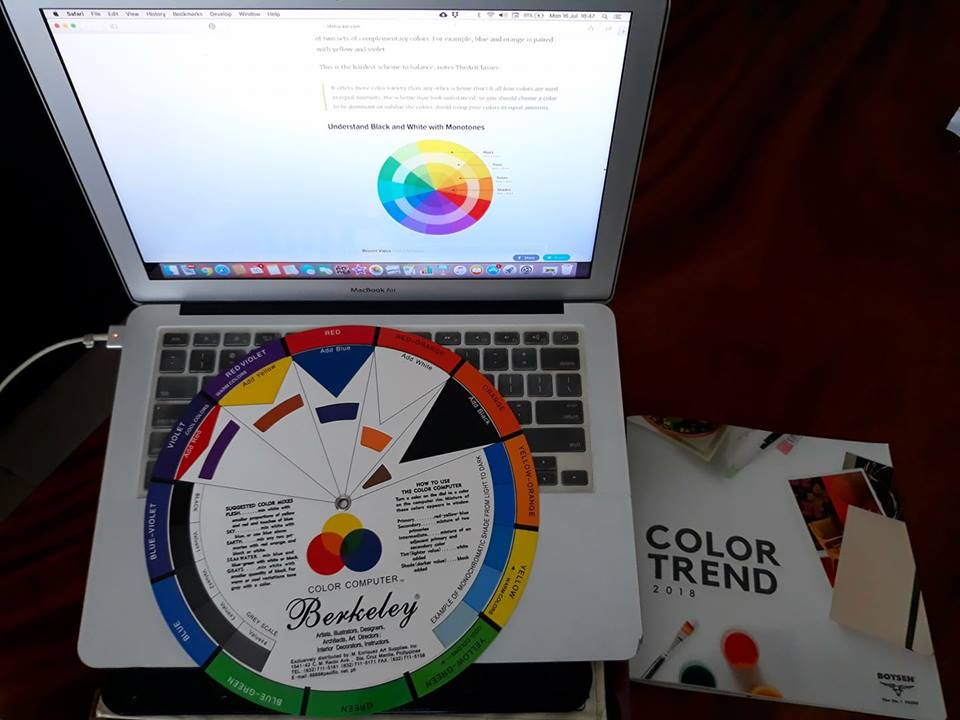
Above are the tools you can use in your choice of colors. Get yourself a color wheel to help you turn your house paint design idea into reality. There’s also a great primer from Lifehacker, which can help you understand color theory much better, and broaden your knowledge on house color ideas.
When you think about the 30%, go back to your color wheel, and use that to guide you in the choice of colors. Each segment you see on the color wheel are the tints, tones, shades of a certain hue. In other words, you don’t have to use the exact same color for your smaller furniture or furnishings like curtains, but you can use the different colors found in the same color family.
Here are some definitions used by colorists to help you understand color and color families:
Hue – the purest or brightest form of a color
Tint – the hue + white
Tone – the hue + true grey
Shade – the hue + black
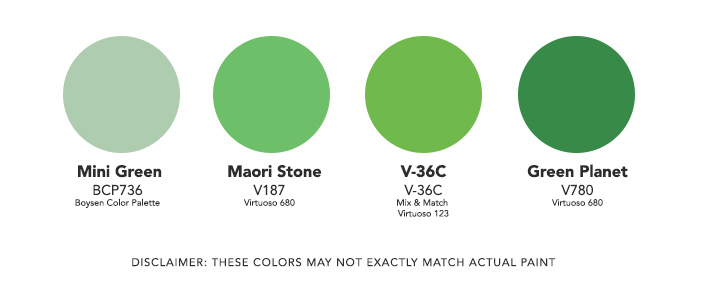
Samples of the 60-30-10 Rule
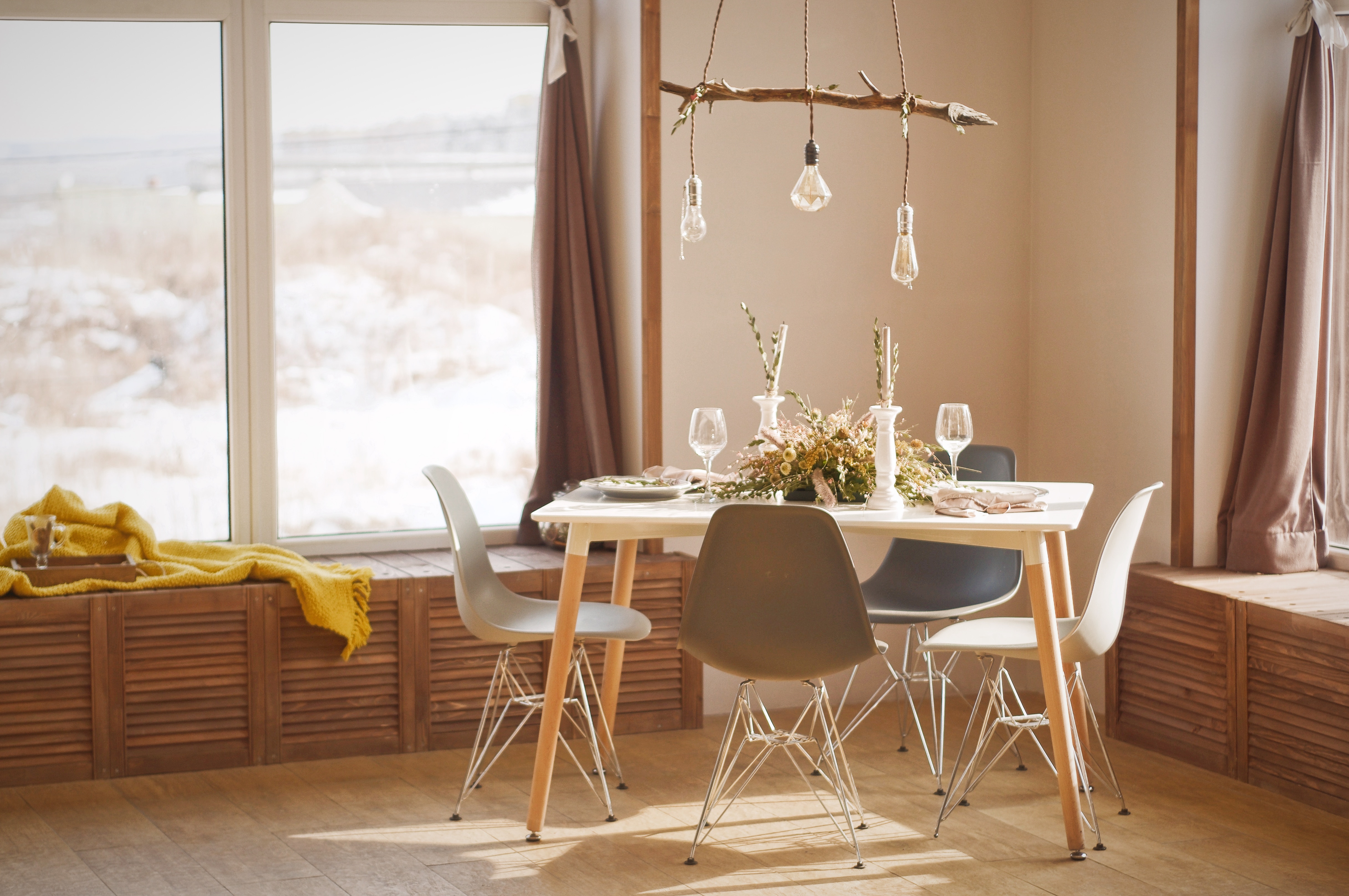
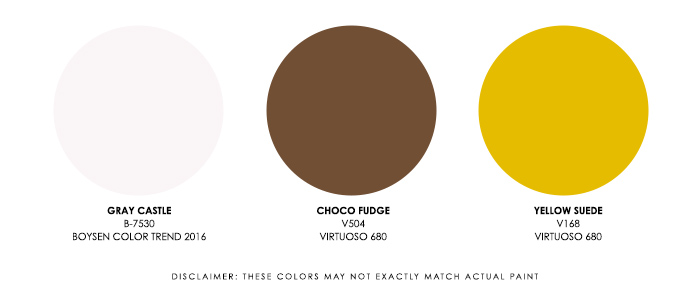
Breakdown:
60% is white which comes from the color of the walls, window casings, the table top and chairs
30% is brown which comes from the curtains, under window cabinets, wooden floor, table legs and chair
10% is the yellow which comes from the throw and the flowers
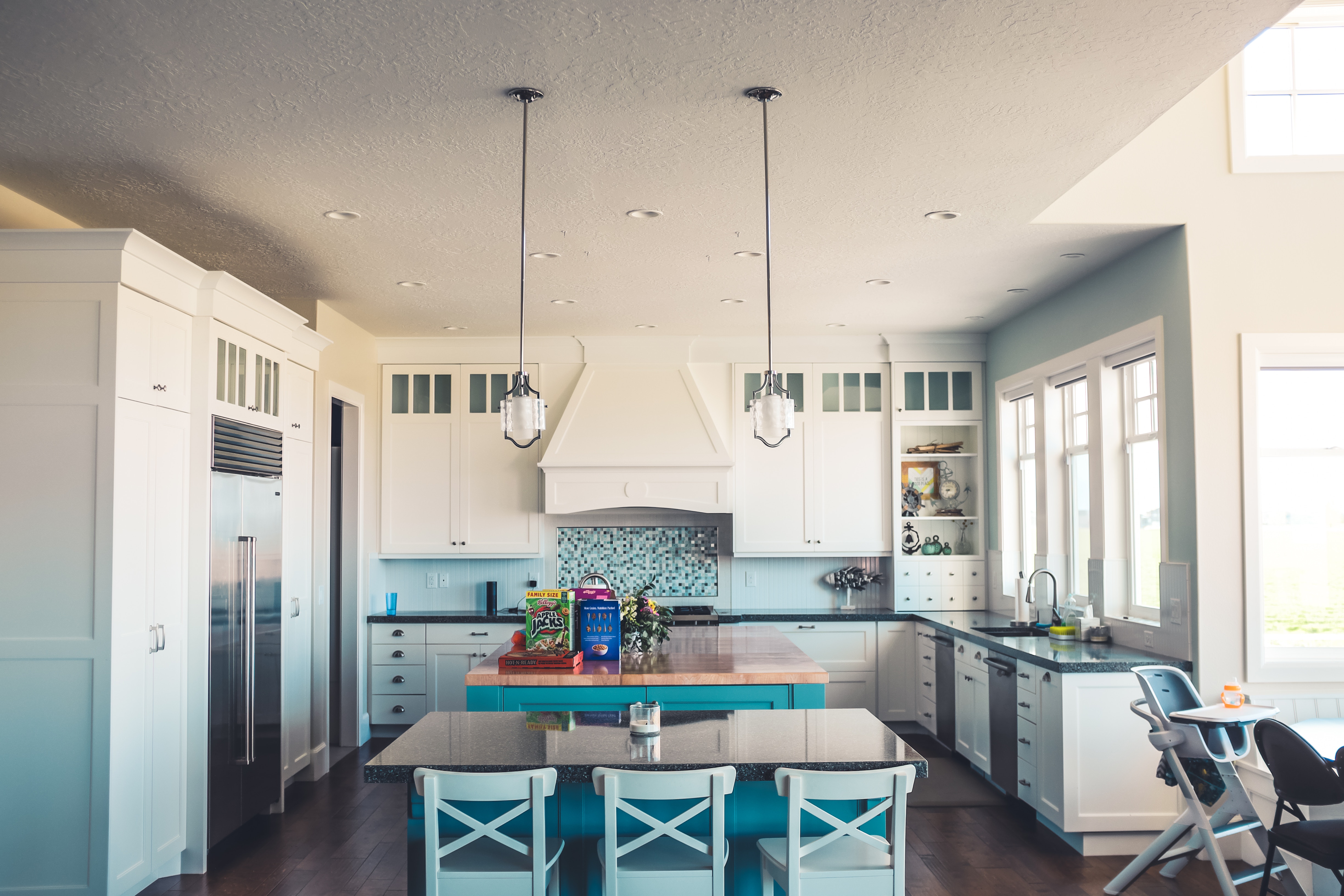
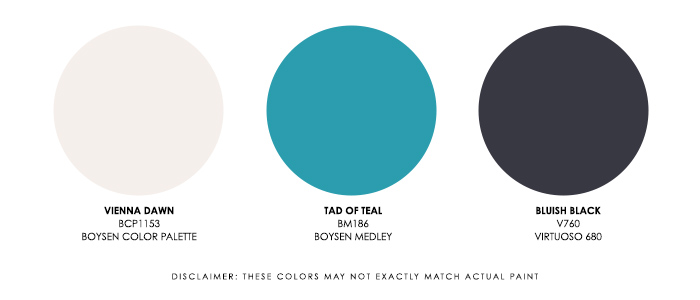
Breakdown:
60% is white which comes from the color of the walls, ceilings, cabinetry and window casings
30% is blue which comes from the island base, accent wall, backsplash, and chairs
10% is the dark grey from the marble countertop, gun metal of the appliances and cabinet pulls. Note how the dark grey is echoed in the mosaic tiles of the backsplash
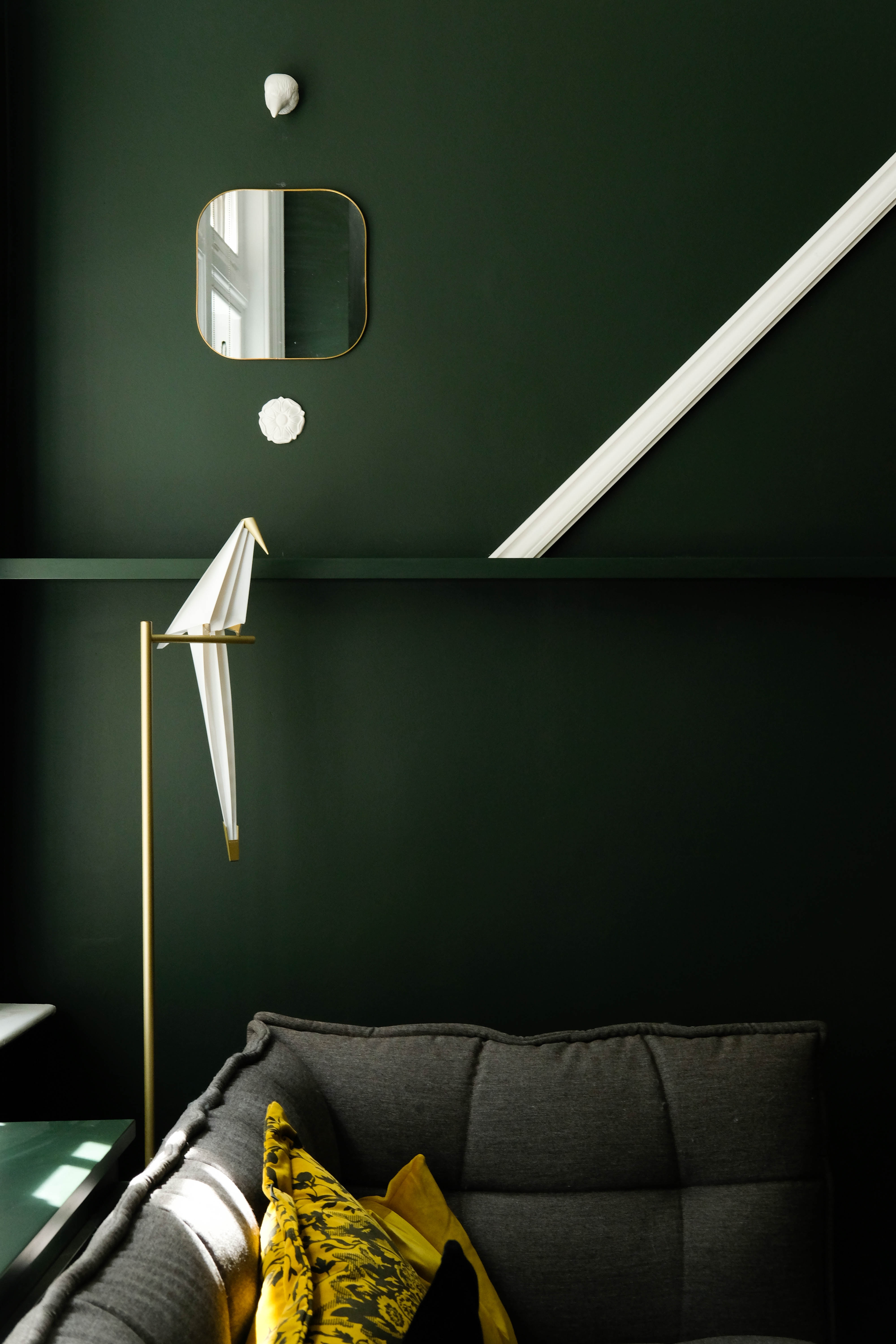
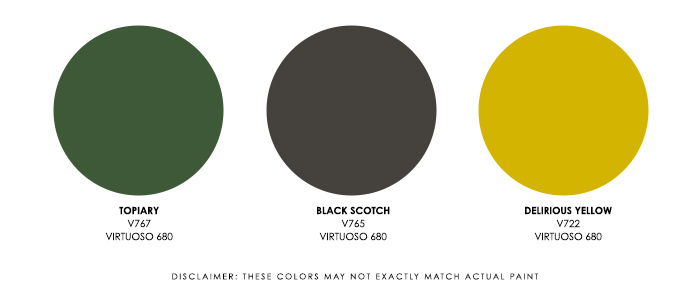
Breakdown:
60% is dark green which comes from the color of the walls (Love the drama of this room!)
30% is dark grey which comes from the sofa
10% is the yellow which comes from the cushion, the gold of the lamp stand which is echoed by the mirror frame
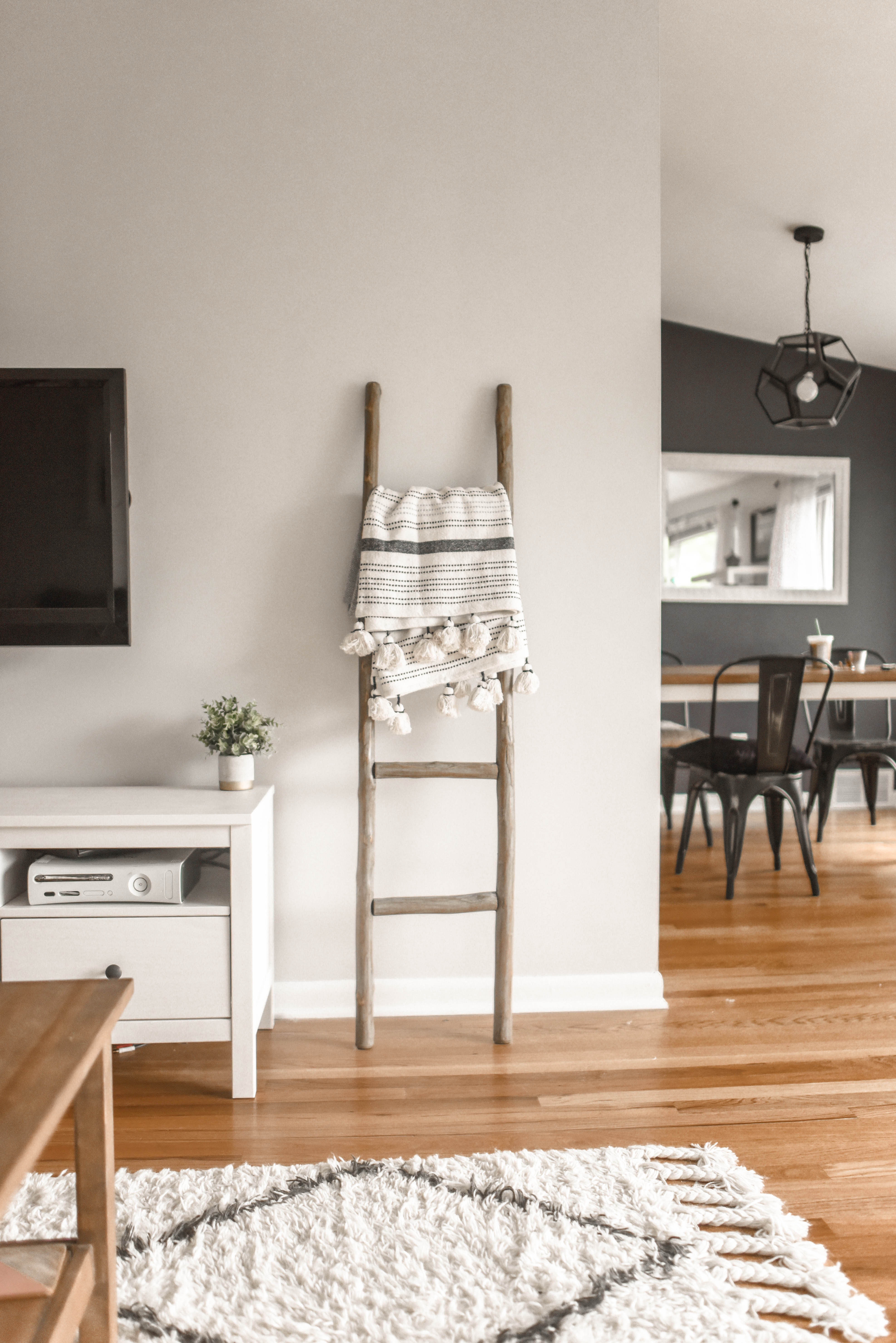
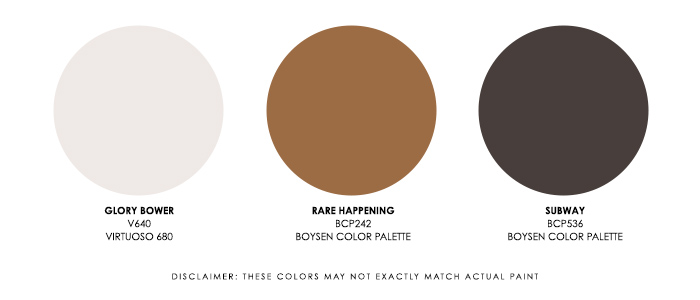
Breakdown:
60% is white which comes from the color of the walls, ceilings, area rug and mirror frame
30% is brown which comes from the wooden floors, center table and dining room table top and ladder
10% is the dark grey and black which comes from the accent wall, pendant lamp, TV, and the print in the rug
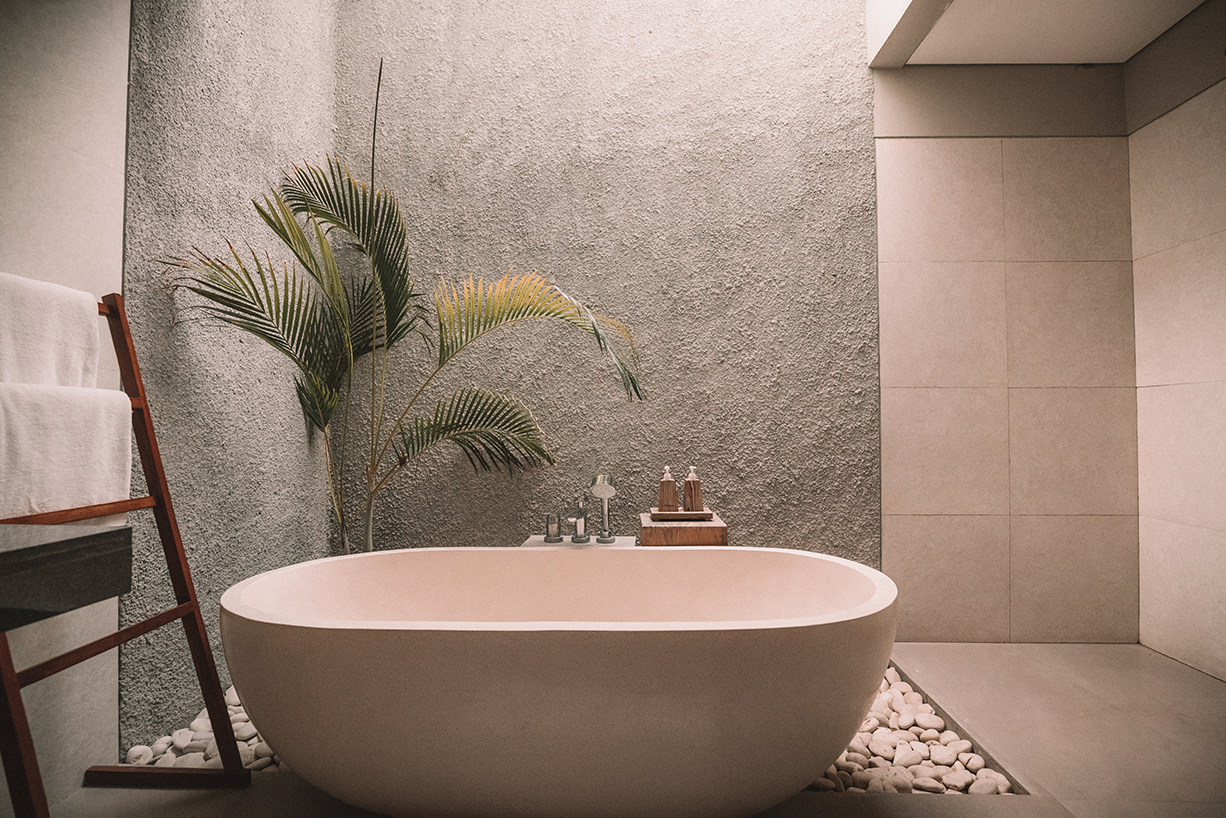
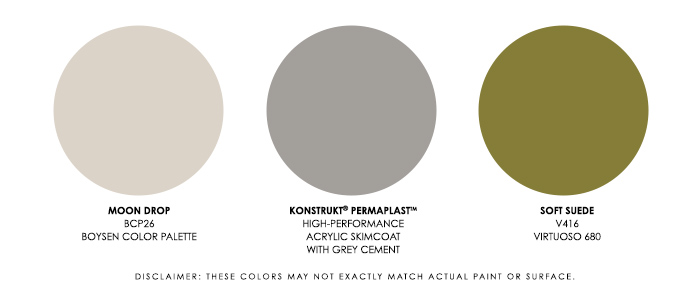
Breakdown:
60% is cream which comes from the color of the walls, floor, bathtub and stones
30% is grey which comes from the textured concrete wall. (The product Konstrukt being recommended above is not paint but one of Boysen’s construction chemical products for surface preparation. Use as is or paint it.)
10% is the organic tones of brown and green from the ladder, soap dispensers and plant
Interior Design Rules
If you have a small condo, you may want to read up on Tips on How to Use Paint to Make Your Condo Look Bigger. Then you can use this 60-30-10 rule.
You may also want to read about another interesting interior design rule that could help you create your comfy, cozy home. It’s called the 80-20 rule which is about how to combine architectural styles. Give yourself another tool, the 7 elements of interior design, which when considered and used properly, can help you achieve a well-designed and beautiful home.
Feel brave enough to borrow the 60-30-10 rule of interior designers to see how your house paint design idea could be improved? This rule, together with the 80-20 rule and the 7 elements of interior design, could probably make you more confident to do your own DIY condo or home makeover.
Good luck!
Feature image by Dan Gold on Unsplash

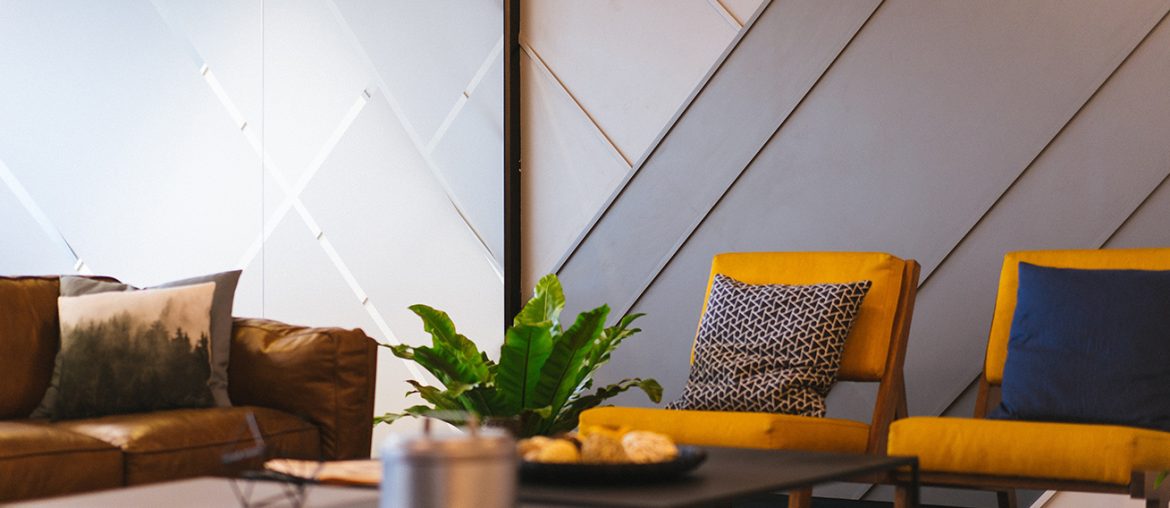


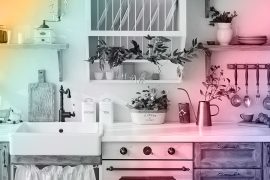
2 Comments
So helpful for a non-interior designer like me. Thanks.
You’re welcome, Rye. Enjoy your home decorating.